Tips for Managing and Preventing Hair Static | |
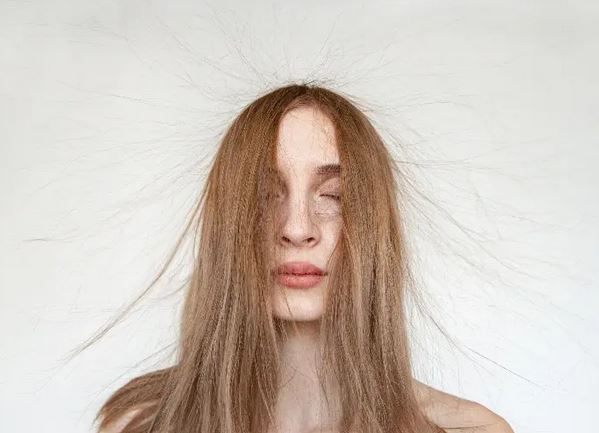
| |
Hair static can be a frustrating issue, especially during the dry and cold winter months. It occurs when the hair becomes charged with electricity, causing strands to stand on end and creating an unruly and frizzy appearance. Fortunately, there are several tips and techniques you can employ to manage and prevent hair static. In this article, we will explore effective strategies to keep your hair smooth, sleek, and static-free. Understanding the Causes of Hair StaticTo effectively manage and prevent hair static, it's important to understand its underlying causes. Here are some common factors that contribute to static electricity in hair:
Tips for Managing and Preventing Hair Static1. Hydrate Your HairOne of the best ways to combat hair static is to keep your hair well-hydrated. Use a moisturizing shampoo and conditioner specifically designed to add moisture and nourishment to your hair. Look for products containing ingredients like argan oil, shea butter, or glycerin. Deep conditioning treatments once a week can also help restore moisture and combat dryness. 2. Use a Leave-In ConditionerApplying a leave-in conditioner can provide an extra layer of moisture to your hair, helping to reduce static. Choose a lightweight leave-in conditioner that won't weigh your hair down. Apply it evenly throughout your hair, paying extra attention to the ends where dryness and static are more common. 3. Limit Heat StylingExcessive heat styling can exacerbate hair static, as it further dries out the hair. Minimize the use of heat styling tools such as hair dryers, straighteners, and curling irons. When necessary, apply a heat protectant spray or serum to create a barrier between your hair and the heat source. 4. Incorporate Anti-Static ProductsThere are various anti-static products available on the market that can help combat hair static. Look for products like anti-static sprays, serums, or leave-in treatments specifically designed to eliminate static and frizz. Apply these products lightly to your hair, focusing on the areas prone to static. 5. Opt for Natural Bristle BrushesWhen brushing your hair, choose brushes with natural bristles rather than plastic ones. Natural bristle brushes help distribute the natural oils from your scalp throughout your hair, reducing dryness and static. Gently brush your hair, starting from the ends and working your way up to prevent excessive friction. 6. Moisturize the AirIncreasing the humidity in your environment can significantly reduce hair static. Use a humidifier in your home, particularly during the dry winter months. Alternatively, you can place a small bowl of water near heating sources to add moisture to the air. 7. Choose Hair Accessories WiselyCertain materials like wool, polyester, or nylon can contribute to hair static. Opt for hair accessories made from materials like silk, satin, or cotton, which are less likely to generate static electricity. Additionally, avoid wearing hats or scarves made from static-inducing fabrics when possible. 8. Tame Static with Dryer SheetsAn unconventional but effective trick is to lightly rub a dryer sheet over your hair to neutralize static. The anti-static properties of the dryer sheet can help eliminate static electricity and leave your hair smoother. FAQs about Hair StaticQ1: Can static occur in all hair types?Yes, static can occur in all hair types, but it is more noticeable in dry or damaged hair. Fine hair is particularly prone to static due to its light and delicate nature. Q2: Can using hairspray prevent hair static?Hairspray can help control hair static to some extent. Look for hairsprays labeled as anti-static or humidity-resistant. Lightly mist your hair with hairspray after styling to help keep static at bay. Q3: Can static be reduced by avoiding synthetic fabrics?Yes, avoiding synthetic fabrics like polyester or nylon can help reduce hair static. These materials are more likely to generate static electricity. Opt for natural fabrics like silk, satin, or cotton, which are less prone to static buildup. Q4: Can washing hair with cold water reduce hair static?Rinsing your hair with cold water can help seal the hair cuticles, reducing frizz and static. After washing and conditioning your hair, finish with a cool water rinse to help smooth the hair and minimize static. Q5: Is it necessary to use conditioner every time I wash my hair?Conditioning your hair after every wash is beneficial, as it helps moisturize and nourish the hair, reducing dryness and static. If your hair tends to be oily, focus the conditioner on the ends and avoid applying it directly to the scalp. Q6: Can static be caused by over-brushing?Over-brushing can lead to friction, which in turn generates static electricity in the hair. Limit brushing to when necessary and use a natural bristle brush to minimize friction and static buildup. ConclusionHair static can be managed and prevented with the right strategies and techniques. By keeping your hair hydrated, using anti-static products, choosing suitable hair accessories, and minimizing friction and heat styling, you can effectively combat static electricity in your hair. Embrace smoother, sleeker, and more manageable locks by incorporating these tips into your hair care routine. Say goodbye to frustrating hair static and enjoy beautiful, static-free hair every day. | |
| Category: Hair Care | |
| Total comments: 0 | |
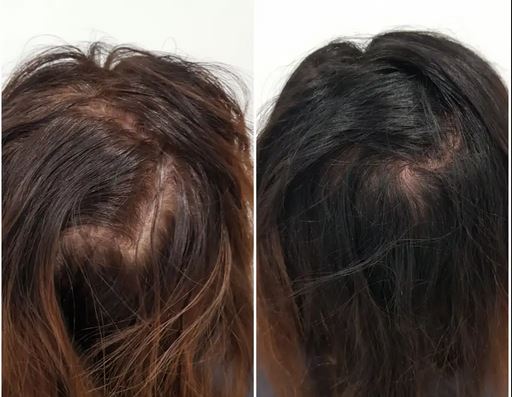 |
| The Science Behind Hair Density: Understanding Your Hair's Thickness |
 |
| How to take care of your clothing to make it last longer |
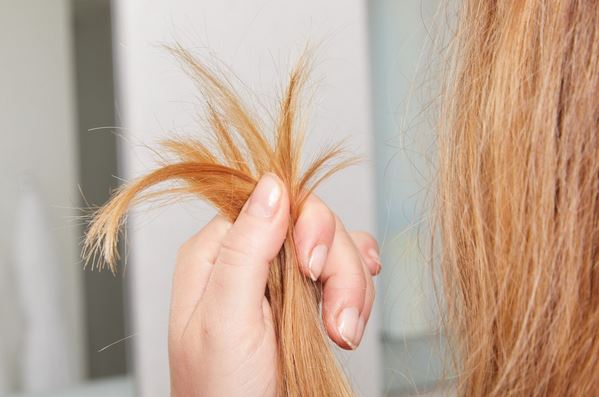 |
| How to Prevent and Treat Split Ends |
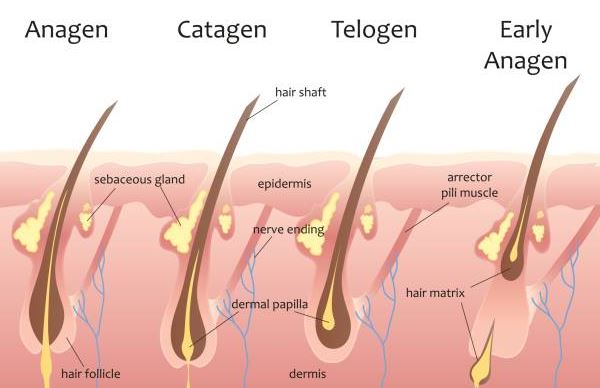 |
| The Science Behind Hair Growth Cycles: Maximizing Hair Growth |
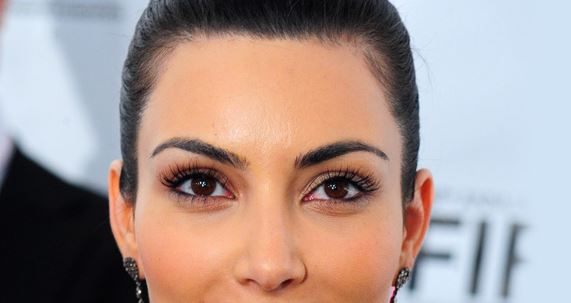 |
| Protruding eyes makeup tips |
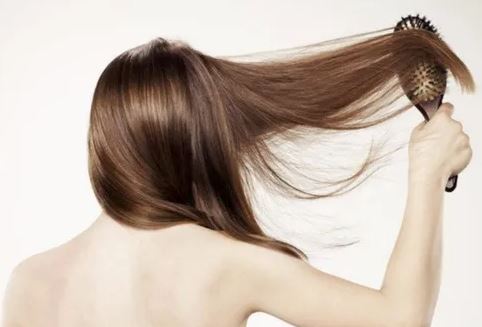 |
| Natural Ways to Boost Hair Volume and Thickness |
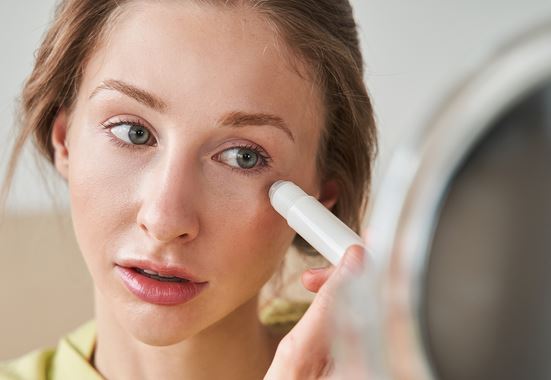 |
| Sun Protection in Makeup |
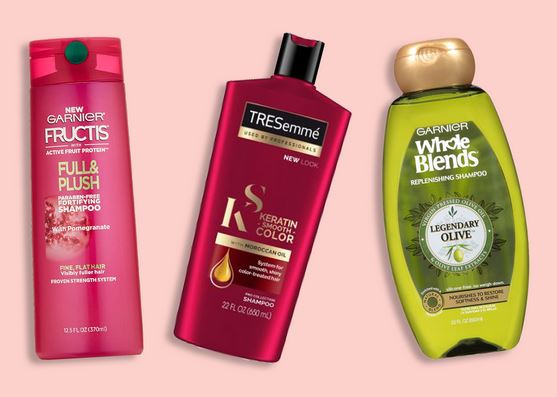 |
| The Best Shampoos for Different Hair Types |
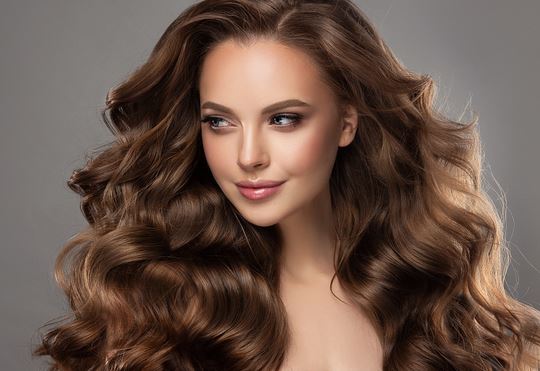 |
| The Secrets to Achieving Voluminous Hair |
